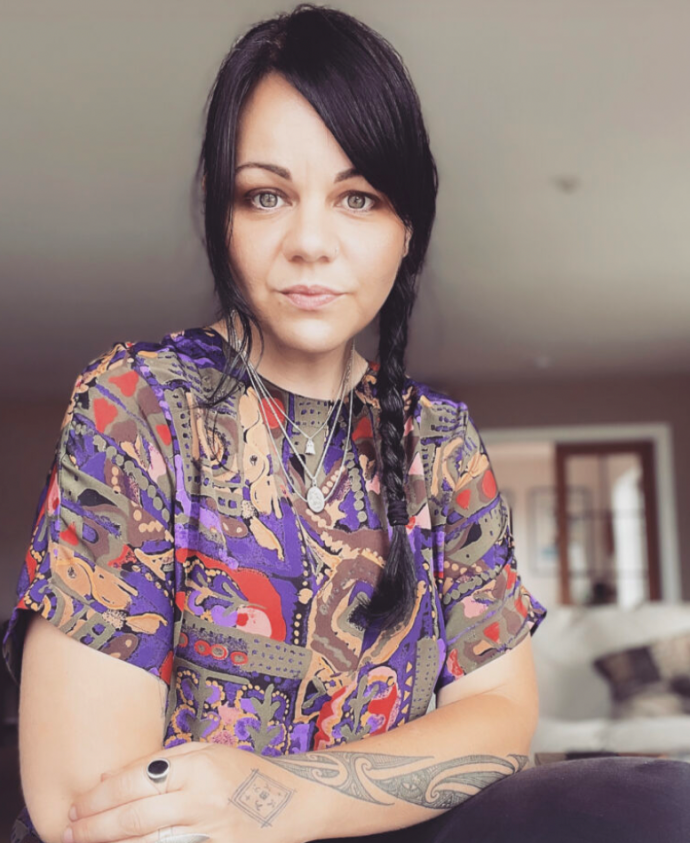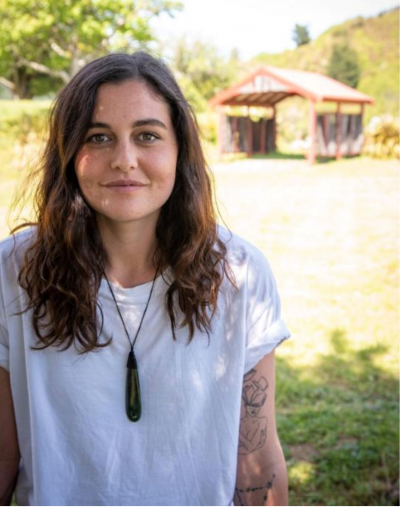The tails of taniwha told: A cultural history

A team led by Dr Kirsty Dunn (Te Aupōuri, Te Rarawa, Ngāpuhi) and Dr Madi Williams (Ngāti Kuia, Ngāti Koata) from Te Whare Wānanga o Waitaha the University of Canterbury will create biographies of taniwha, presenting them – and the various rich kōrero which describe and illuminate them – in a way that both centres and celebrates Māori knowledges, experiences, perspectives, and relationships
Published on 3 Whiringa-ā-rangi November 2022
Many New Zealanders equate taniwha with the dragons, trolls, and ogres of fairy tales and fables. Indeed, in the most well-known stories, taniwha are often depicted as mythical, scary, supernatural beasts. But taniwha are far removed from the troll lurking under the bridge across the river. Rather, they are the river: they are whanaunga kin, whose narratives and lingering presence provide vital ways to explain both the complexities and potentiality of whakapapa (genealogy, layer-making), as well as our responsibilities to the world around us.
Stories about taniwha feature in the work of early ethnographers and there is some discussion of them in more contemporary texts. However, there are few in-depth explorations in the current research literature, comprehensive analyses of artistic depictions of taniwha, or discussions regarding their representation in news media.

Dr Madi Williams. Image: Melissa Banks
Dr Kirsty Dunn and Dr Madi Williams will explore, document, and share taniwha pūrākau (ancestral narratives, stories) in this Marsden Fast-Start project, drawing connections with Indigenous whangaunga. They will conduct a series of interviews with kaumātua elders about local taniwha throughout Aotearoa, drawing upon pūrākau. They will analyse representations of taniwha in various forms of narrative including waiata, whakataukī, whakairo, poetry, and film, amongst others, and consider references to taniwha in news media. Their aim is to create biographies of a selection of taniwha and their continuing significance, in the form of a general audience pukapuka book.
This will be the first work to engage with taniwha in a biographical sense: The project asks “who” rather than “what” are taniwha? To whom are they related and how? Are there connections between taniwha narratives? What kinds of knowledge are embedded in these narratives? And how might taniwha narratives help us to understand and navigate current conflicts and challenges that are present both here in Aotearoa and beyond? This project will contemporise the stories of taniwha in order to relate to local and global contexts and discover how these whanaunga exist in both the shadows and in our everyday worlds.
